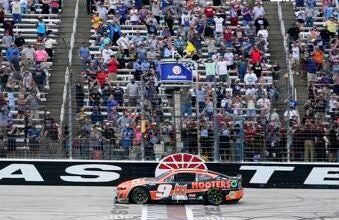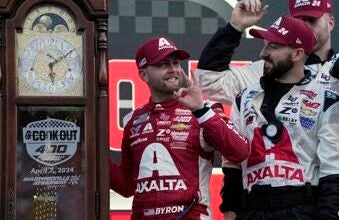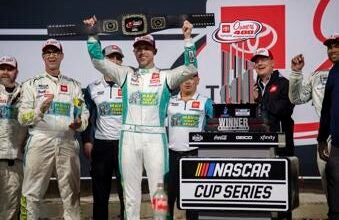NASCAR: Drivers discuss emergency care protocol
Published 8:37 pm Saturday, May 23, 2015
CONCORD — There is an inherent danger in strapping into a seat and volunteering to drive around a race track at speeds well at speeds approaching 200 mph. This year and especially this month, everyone has been reminded of that.
It started in the season-opening race in the Xfinity Series. Kyle Busch came out of the tri-oval at Daytona and rocketed across the grass into an infield wall without a SAFER Barrier. He broke his right leg and his left foot. Busch made his season debut last week in the Sprint All-Star Race and will notch his first start in a points race Sunday in the Coca-Cola 600.
There were also the three occasions cars went airborne during the buildup to Sunday’s Indianapolis 500, one involving three-time race winner Helio Castroneves.
The most horrific crash, however, was James Hinchliffe’s hard hit on the wall in Turn 3 at The Brickyard. A piece of the suspension stabbed his leg, and the injury required surgery. It was reported IndyCar’s Holmatro Safety Team got Hinchcliffe extracted Hinchliffe from the car before he suffered a life-threatening level of blood loss.
IndyCar employs a full-time team of roughly 30 medical personnel. The series’ website says at least 18 of those — 12 firefighters/EMTs, two paramedics, two registered nurses, two paramedics, a trauma physician and an orthopedic physician — at each race. Members of that team average two decades’ worth of experience.
The success of IndyCar’s system in response to Hinchcliffe’s crash was a topic among Sprint Cup drivers this week at Charlotte Motor Speedway.
“They basically saved his life,” Joey Logano, reigning Daytona 500 champion, said.
NASCAR does not employ a traveling safety team outside of a group of registered nurses familiar with drivers’ medical histories. The association puts the onus on the tracks to hire emergency medical personnel.
Series champion Kevin Harvick said a discussion was had with NASCAR on its protocol for emergency medical care in the second week of the season.
“Once they explain the process and how the doctors and things were chosen was definitely kind of eye-opening as to how much money and time were spent to make sure they have the right people at every race track and, really, [so was] the longevity of the staff and some of the people have been a part of the (NASCAR) community for a long time,” Harvick said.
“…I don’t think anybody is saying that it can’t always be better., but I feel pretty confident in what the process is and the medical staff that we have at the tracks.”
Jimmie Johnson, a six-time series champion, feels maybe a combination of IndyCar’s traveling safety team and NASCAR tracks contracting with local medical personnel could work.
“NASCAR is adamant that having true ER folks that every single day fight in an ER room to save people’s lives are the best people to have in place here on a weekend for us,” Johnson said. “In my heart I feel like there is maybe a hybrid version where, yes, we have those EMT’s here, but then we also have people that are very sharp and NASCAR specific, car specific, know the drivers and know our cockpits.”
The Associated Press contributed to this report.





